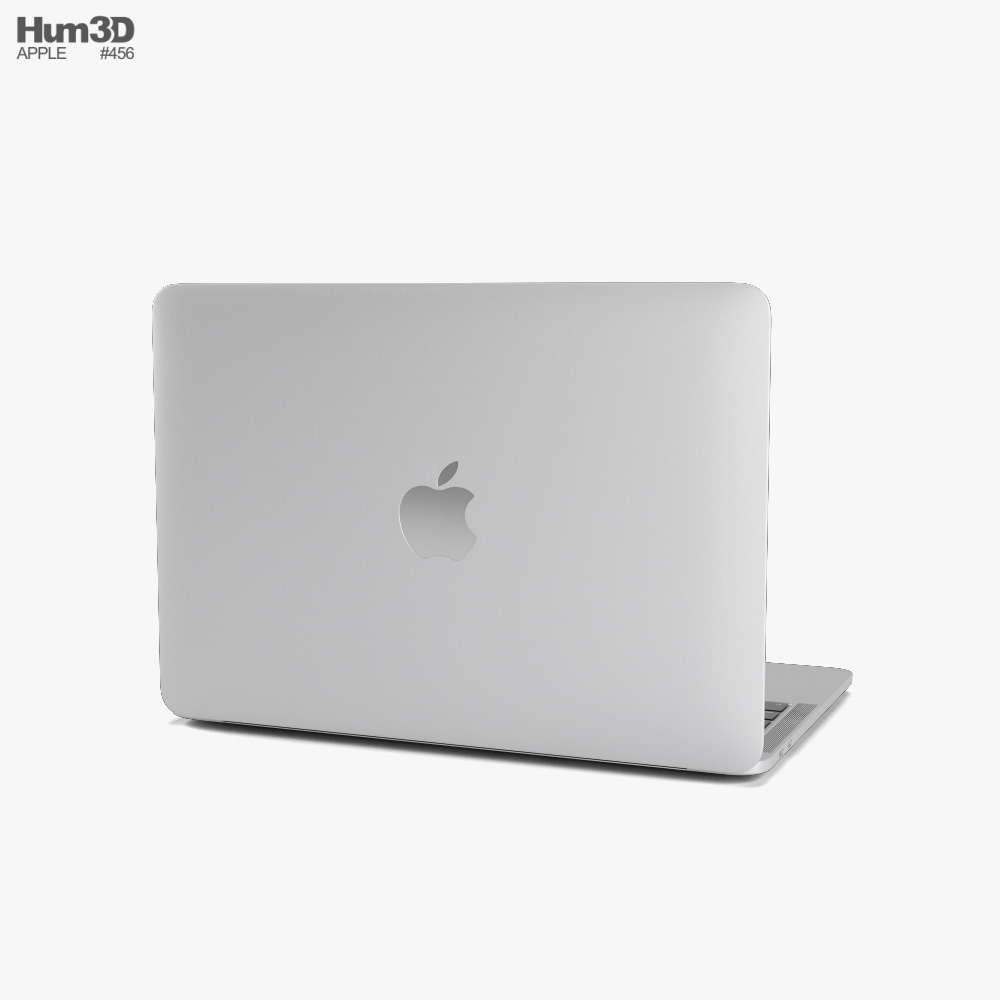



Either something is not quite in the right place, or is too large or too small, and the model can’t be used as-is. If an STL is not right because of a physical interface problem, there is usually only one thing really wrong with it. The STL for the knob was designed for a spring that was considerably thicker, which required a different fix. I fixed this by scaling only the threaded portion down to match while leaving the rest (which housed the MPU-6050 board) unchanged. The joystick knob was nicely threaded to mate to a doorstop, but it was too big for mine. My spring doorstop also had a narrower top than the designer’s version.I modeled this simple object from scratch to fix the issue. This was fixed by adding an extra 4 mm spacer as a separate piece. This meant that the retainer ring sat too high up on the spring. Mine all had bases that flared out earlier than the one the STL was designed for. Spring doorstops are identical in function, but not in shape.No changes to the printed model were needed to deal with this minor issue.

The enclosure still fit the board, but the mounting holes were not a match. The version of the Arduino board I used had slightly different mounting hole locations.In order of increasing severity, they were: The ways in which the STLs were Not Quite Right are fairly typical examples. Right: knob with resized threaded section. Left: extra spacer modeled from scratch to make a retainer fit. I built mine by using this remix by but found that my hardware didn’t quite match the designer’s versions. The joystick is a spring doorstop with the wide base secured by a retainer ring, and topped with a knob that contains an MPU-6050 accelerometer and gyro. I ran into this issue recently when building my own version of a project called TWANG! which is a delightful one-dimensional dungeon crawler played on an LED strip, with a 3D printed enclosure and component housing. The most common reason an STL file may be not quite right is a mechanical connection where some piece isn’t quite as the designer expected, so the 3D model that interfaces with it no longer fits. Interfaces With Other Hardware are Trouble Spots Thanks to 3D printing becoming much more commonplace, basic tools are within reach of even the least CAD-aware among us. STL files can be edited, but just like re-modeling a component from scratch, it can be a tricky process for those who don’t live and breathe this stuff. I’ll describe a few common issues related to STLs that can hold up getting that new project together, along with ways to deal with them. The reason it’s a problem is because an STL file represents a solid model as a finished unit it is not really intended to be rolled back into CAD programs for additional design changes. Being mindful about such potential inconsistencies during the design phase can help prevent problems, but it’s not always avoidable. When models interface with other physical things, those other components may not always be exactly as the designer expected. But sooner or later there will be a model that isn’t quite right in some way and suddenly project progress hits a snag. Which, as long as the model is good just as it is, is no trouble at all. When there’s something to 3D print, it’s probably going to be an STL.


 0 kommentar(er)
0 kommentar(er)
